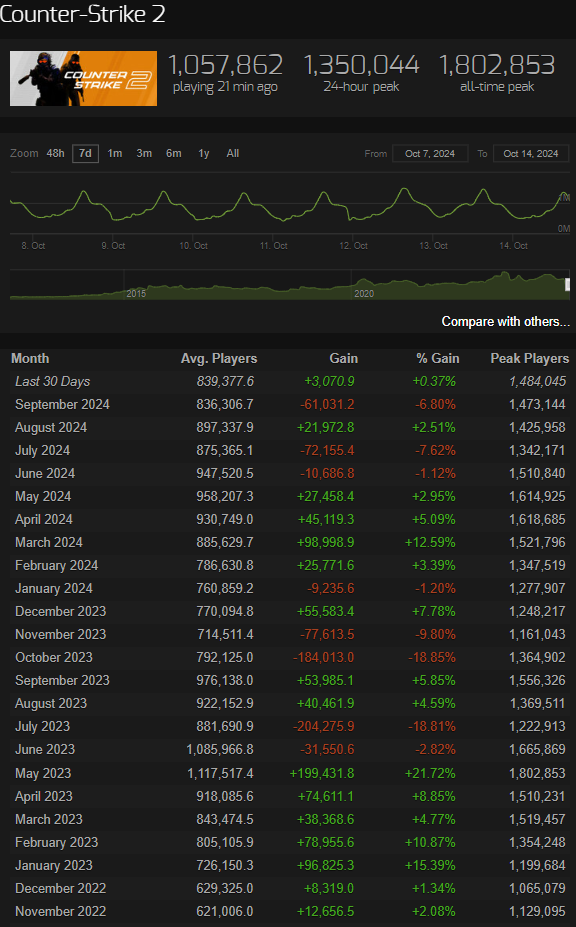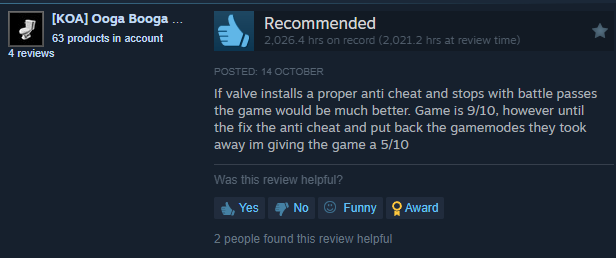The cultural industry creates standardised cultural goods, meaning they serve a purpose for the audience to buy and use in their lives. These goods colonise our leisure time, meaning there must be a good reason for spending time with these products. Media, such as television shows, newspapers, and radio, bring entertainment or information to a set of audiences. This allows goods to be set at an affordable price. Consumers can get a hold of products manufactured at a low cost, made by machinery or a set of people from the working class.
Mass production has evolved and expanded to the video games industry, from selling physical DVDs to downloadable digital content. The Counter-Strike franchise is a first-person 5v5 shooter; the company Valve can earn money from people purchasing the game and reaching a consistent player count. But how can you compare this to mass-produced items in the past? Does it serve the same purpose? It serves a similar concept, just that games are executed digitally rather than physically. For example, game developers work on fixing bugs in code to make sure players have an enjoyable experience. At the same time, factory workers must ensure the products are up to standard to satisfy their customers.
CS:GO/CS2
Counter-Strike Global Offensive was released on August 21st 2012; the player count has increased steadily over time and stayed consistent with a rebrand of Counter-Strike 2.

CS2/CS:GO Steam Player count
More copies of the game were distributed when the game became free to play on December 16th 2018. People enjoyed the game; the player count rose rapidly ever since it became accessible to a larger audience.
Steam reviews can back up the statistics:



Hardware
However, video games need hardware to run their software; how important is hardware for video games such as Counter-Strike? Hardware is used in our daily devices, including phones, gaming consoles and even microwaves. Counter-Strike is still quite demanding to run, meaning hardware can be expensive. Mass production is usually cheap, but GPUs (Graphics Processing Unit) aren’t. Production is centralised, with Nvidia and AMD leading the market as the only big-named GPU manufacturers. The short supply is due to the high demand and costs of resources such as metal. On the bright side, Nvidia has mass-produced their GPUs to set up gaming rigs for their cloud gaming services. It is free to use, with many users using it to play games on a virtual gaming rig. Subscriptions are offered for a better gaming experience; a decent internet connection is also required.

Cloud Gaming Servers used to run ‘Nvidia GeForce Now’
The production of video games has a significant impact on the current generation, as it is a relatively new form of entertainment. Counter-Strike is an example of a successful game distributed digitally in large quantities. Games can be accessed through computers, gaming consoles and even through cloud streaming services; with high demands on GPUs, we expect to see more powerful hardware produced to run current and upcoming games.
References:
Player Count: https://steamcharts.com/app/730
(Dave Meikleham, 2023, Nvidia GeForce Now Ultimate could end the era of high-end gaming PCs – hereÔÇÖs why) -https://www.tomsguide.com/opinion/nvidia-geforce-now-ultimate-could-end-the-era-of-high-end-gaming-pcs-heres-why
(John Pall, 2010, Mass Produced Games and Game Culture) – https://boardgamegeek.com/thread/506276/mass-produced-games-and-game-culture
(Caroline Banton, 2024, Mass Production: Examples, Advantages, and Disadvantages) -https://www.investopedia.com/terms/m/mass-production.asp

